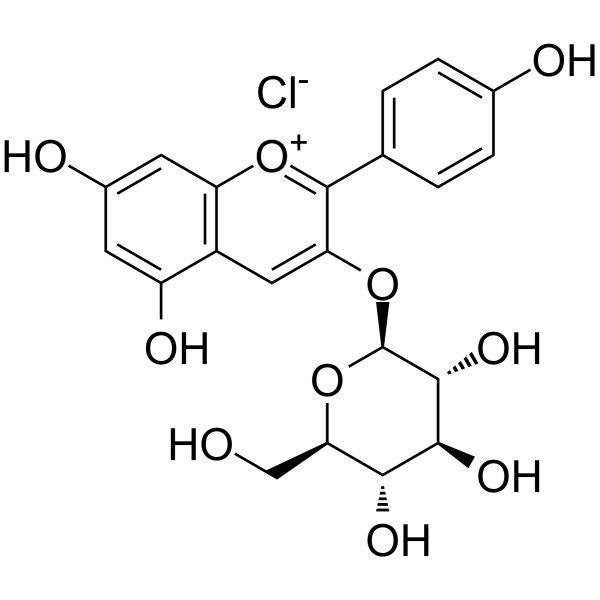| Structure | Name/CAS No. | Articles |
|---|---|---|
 |
Pelargonidin chloride
CAS:134-04-3 |
|
 |
Pelargonidin-3-O-glucoside chloride
CAS:18466-51-8 |